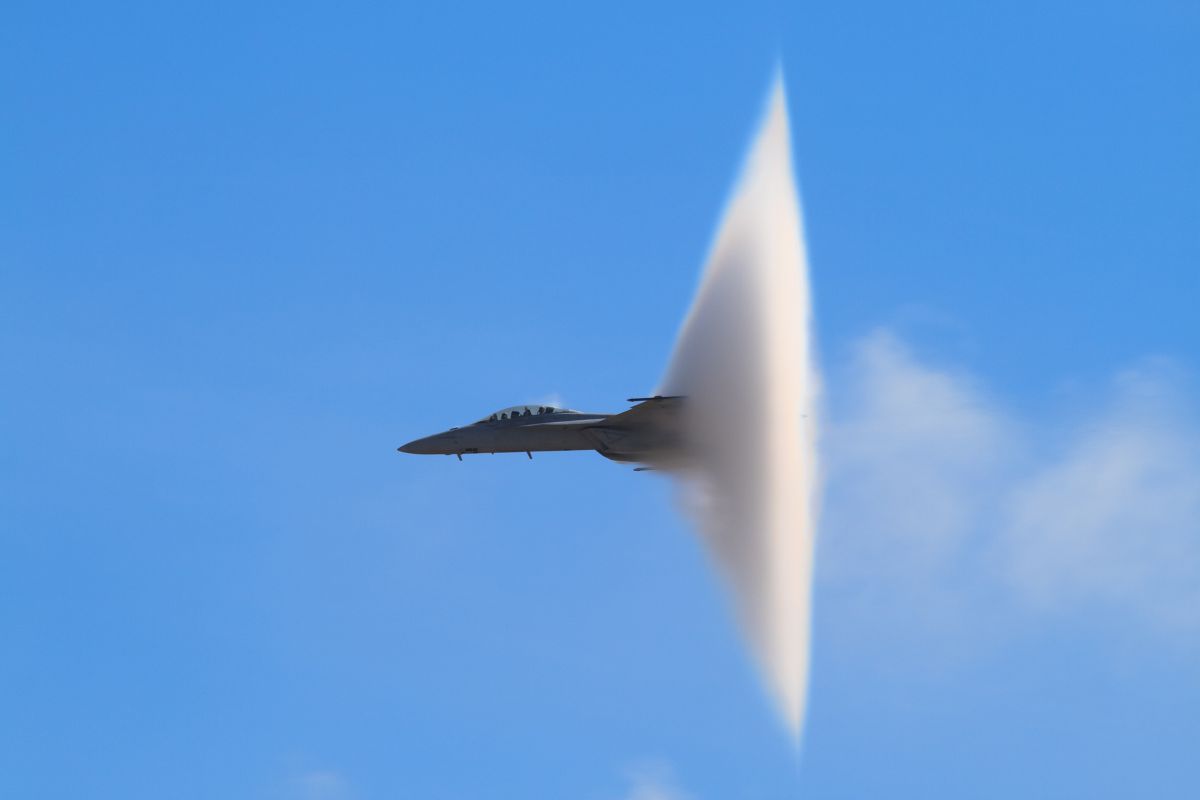China invents an engine for hypersonic flights that exceeds 16 times the speed of sound

In a trailer that seems straight out of a science fiction movie, China has taken a giant step in aerospace technology. An airplane engine that exceeds sixteen times the speed of sound.
Chinese researchers, led by Zhang Yining of the Beijing Power Machinery Institute, have developed the world’s most powerful detonation engine for hypersonic flights, according to the report. South China Morning Post.
This discovery not only marks a milestone in aviation. It promises to revolutionize air travel as we know it, and its speed.
Imagine a plane taking off from a runway and ascending more than 30 kilometers into the stratosphere, reaching speeds 16 times faster than sound. Well, this innovative engine could make it possible.
With an efficiency that would leave conventional turbine engines behind, this new design promises intercontinental flights of only one or two hoursconsuming less fuel.
How does the most powerful engine for Chinese hypersonic flights work?
The motor operates in two different modes depending on the speed. At speeds below Mach 7 (seven times the speed of sound), it acts as a continuous rotary detonation engine. External air mixes with fuel and ignites, creating a shock wave that rotates in an annular chamber, providing a powerful and constant thrust.
Upon exceeding Mach 7, the shock wave stabilizes and concentrates on a circular platform at the rear of the engine, maintaining thrust through a nearly straight-line oblique detonation.
The theoretical efficiency of this engine is amazing. While conventional motors achieve efficiencies of 20-30%, The new detonation engine could convert almost 80% of chemical energy into kinetic energy. This represents a qualitative leap in terms of energy efficiency and aircraft performance.
He South China Morning Post highlights that this design, which combines rotary and linear detonation, is a world first. The Beijing institute, known as China’s largest manufacturer of hypersonic flight engines, has been at the forefront of this research.
Zhang’s team had problems transitioning between the two modes of engine operation, especially around the critical speed of Mach 7. However, they managed to overcome these obstacles with adjustments to the engine’s internal structure.
This advance not only has implications for military aviation, but also for civil aviation. Could be the solution that supersonic aircraft projects have been looking for to achieve greater payload and range at lower costs.



